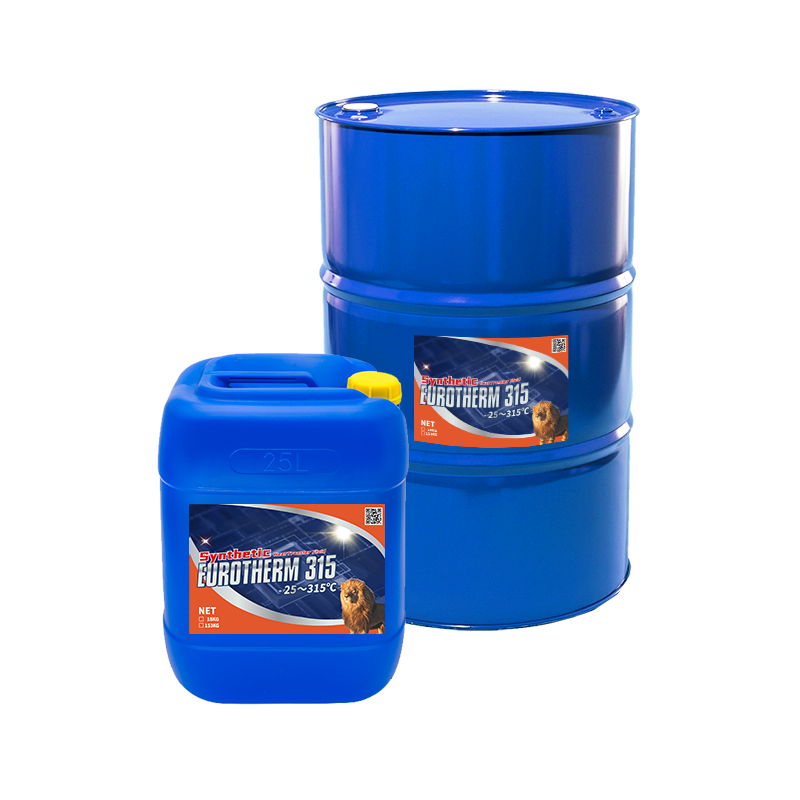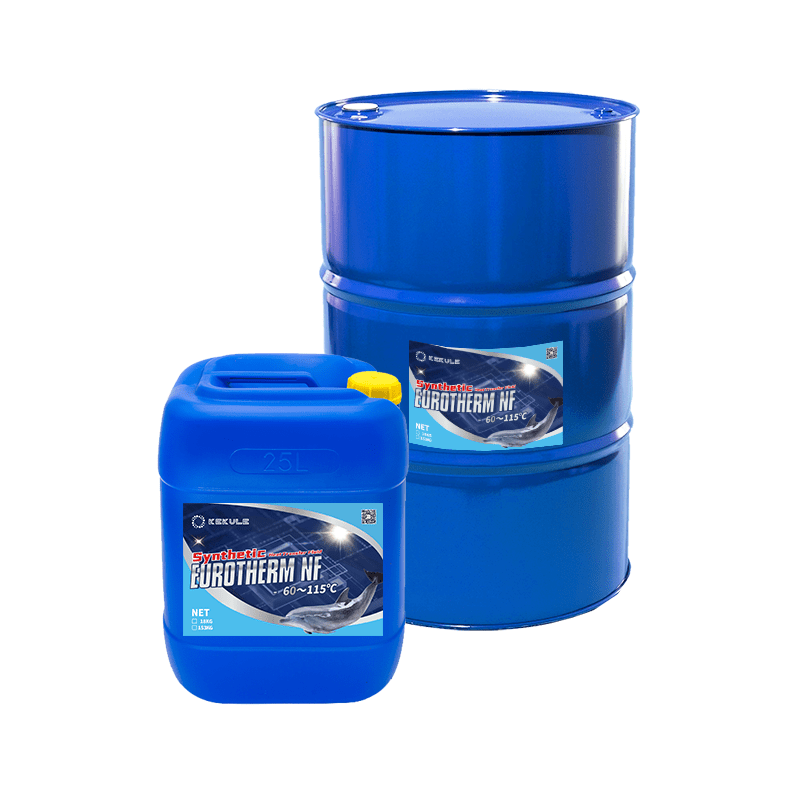Some Of Chemie
The 4-Minute Rule for Chemie
Table of Contents3 Simple Techniques For ChemieAll About ChemieEverything about ChemieChemie Fundamentals ExplainedNot known Incorrect Statements About Chemie Indicators on Chemie You Should Know
By Bojanna Shantheyanda, Sreya Dutta, Kevin Coscia and David SchiemerDynalene, Inc. Liquid air conditioning, which can be accomplished using indirect or straight methods, is made use of in electronic devices applications having thermal power thickness that may go beyond secure dissipation through air cooling. Indirect fluid air conditioning is where warmth dissipating digital parts are physically divided from the liquid coolant, whereas in instance of straight air conditioning, the elements remain in direct contact with the coolant.In indirect cooling applications the electric conductivity can be important if there are leakages and/or splilling of the liquids onto the electronic devices. In the indirect cooling applications where water based liquids with rust preventions are normally made use of, the electric conductivity of the liquid coolant mostly depends on the ion focus in the liquid stream.
The rise in the ion concentration in a closed loop liquid stream might take place because of ion seeping from metals and nonmetal parts that the coolant liquid touches with. Throughout procedure, the electrical conductivity of the fluid might boost to a level which might be unsafe for the air conditioning system.
Excitement About Chemie
(https://www.wattpad.com/user/chemie999)They are grain like polymers that are qualified of trading ions with ions in an option that it is in call with. In the here and now work, ion leaching examinations were done with various steels and polymers in both ultrapure deionized (DI) water, i.e. water which is treated to the highest degree of purity, and reduced electrical conductive ethylene glycol/water mixture, with the gauged adjustment in conductivity reported over time.
The samples were allowed to equilibrate at room temperature for two days prior to taping the first electrical conductivity. In all examinations reported in this research liquid electrical conductivity was determined to a precision of 1% making use of an Oakton disadvantage 510/CON 6 collection meter which was calibrated prior to each measurement.
Chemie - The Facts
from the wall surface home heating coils to the facility of the furnace. The PTFE example containers were positioned in the heater when consistent state temperature levels were gotten to. The examination arrangement was removed from the heating system every 168 hours (7 days), cooled down to room temperature with the electric conductivity of the fluid measured.
The electrical conductivity of the liquid example was kept track of for an overall of 5000 hours (208 days). Schematic of the indirect shut loop cooling down experiment set up. Elements made use of in the indirect shut loop cooling down experiment that are in contact with the liquid coolant.

How Chemie can Save You Time, Stress, and Money.
The change in fluid electrical conductivity was checked for 136 hours. The fluid from the system was collected and kept.

0.1 g of Dowex material was contributed to 100g of fluid samples that was taken in a separate container. The combination was mixed and alter in the electrical conductivity at room temperature level was gauged every hour. The determined adjustment in the electrical conductivity of the UP-H2O and EG-LC examination fluids containing polymer or steel when immersed for 5,000 hours at 80C is shown Number 3.
The Of Chemie
Number 3. Ion leaching experiment: Measured modification in electric conductivity of water and EG-LC coolants having either polymer or steel examples when submersed for 5,000 hours at 80C. The outcomes show that steels added less ions right into the liquids than plastics in both UP-H2O and EG-LC based coolants. This can be due to a thin steel oxide layer which might work as a barrier to ion leaching and cationic diffusion.
Fluids including polypropylene and HDPE exhibited the lowest electric conductivity changes. This can be as a result of the short, inflexible, direct chains which are much less most likely to contribute ions than longer branched chains with weaker intermolecular pressures. Silicone additionally performed well in both examination liquids, as polysiloxanes are typically chemically inert due to the high bond power of the silicon-oxygen bond which would certainly stop deterioration of the product into the liquid.
Chemie Things To Know Before You Get This
It would be anticipated that PVC would generate similar outcomes to those of PTFE and HDPE based on the similar chemical frameworks of the products, nevertheless there might be other pollutants present in the PVC, such as plasticizers, that may influence the electrical conductivity of the fluid - inhibited antifreeze. In addition, chloride groups in PVC can likewise seep right into the examination liquid and can cause an increase in electric conductivity
Buna-N rubber and polyurethane showed indications of destruction browse around this site and thermal decomposition which suggests that their possible utility as a gasket or adhesive material at higher temperatures might cause application concerns. Polyurethane completely disintegrated into the test fluid by the end of 5000 hour examination. Number 4. Before and after photos of steel and polymer examples immersed for 5,000 hours at 80C in the ion leaching experiment.
Calculated modification in the electrical conductivity of UP-H2O coolant as a feature of time with and without material cartridge in the shut indirect air conditioning loophole experiment. The determined change in electric conductivity of the UP-H2O for 136 hours with and without ion exchange material in the loophole is shown in Figure 5.